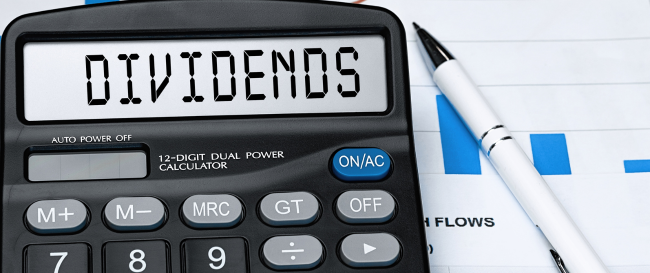- Empowering your Financial Journey: 10 Must-Read Books for every Wealth Seeker - April 18, 2024
- Transforming Bad Financial Habits into Sustainable Behaviours - April 11, 2024
- How Prior Experiences and Beliefs Weave our Relationship with Money - April 4, 2024
In the last two articles in our series on fundamental analysis, we looked at the top-down approach and bottom-up approach, in this article, we will take a closer look at a few popular valuation metrics used by investors to determine whether they will invest in a company.
There are numerous valuations that investors can use, and most investors choose specific metrics which they feel comfortable to use and which they believe are reliable to give them an indication of the intrinsic value of a company. All valuations must be considered along with additional information, but they do give investors important insights as part of their overall analysis.
The P/E ratio is used as a valuation metric to evaluate a company’s current share price relative to its earnings per share (EPS). It is one of the most widely used and important valuation metrics used by investors and analysts to assess a company’s financial health and growth potential.
The P/E ratio indicates how much investors are willing to pay for each rand of earnings generated by the company. A higher P/E ratio suggests that investors are optimistic about the company’s future growth prospects and are willing to pay a premium for its shares. Conversely, a lower P/E ratio may indicate that investors are less confident about the company’s future earnings potential.
The P/E ratio can also be used to compare the valuations of companies within the same industry or sector. For example, if two companies have similar growth prospects and financial profiles, but one has a lower P/E ratio than the other, it may be considered a more attractive investment opportunity as it may be undervalued by the market.
However, it is important to note that the P/E ratio should not be used in isolation to make investment decisions. Other factors such as a company’s financial statements, management team, industry trends, and macroeconomic conditions should also be taken into consideration when evaluating its potential as an investment.
Here is a short example of how to calculate a P/E Ratio. Suppose a company’s share is trading at R100 per share, and its EPS is R10 per share. The P/E ratio would be 10 (100/10), indicating that investors are willing to pay ten times the company’s earnings to own the share.
Dividend Yield
The dividend yield is used as a valuation metric to assess a company’s financial health and its ability to generate returns for shareholders in the form of dividend payments. It is calculated by dividing the annual dividend per share by the share price and is expressed as a percentage.
Investors and analysts use the dividend yield to evaluate the income potential of a share and to compare it to other investment opportunities. A high dividend yield may indicate that a company is mature and has a stable business model, which generates consistent earnings and allows it to pay out a significant portion of its profits to shareholders. On the other hand, a low or non-existent dividend yield may suggest that a company is reinvesting its earnings back into the business for growth opportunities and aren’t paying dividends to shareholders.
It is important to note that a high dividend yield does not always indicate a good investment opportunity. A company’s financial statements, management team, industry trends, and macroeconomic conditions should also be considered when evaluating its potential as an investment. Additionally, investors should look at a company’s dividend history to determine if the yield is sustainable and if there is potential for future dividend growth.
Let us consider a short example of how to calculate the dividend yield of a company. Suppose a company’s share is trading at R200 per share, and it pays an annual dividend of R8 per share. The dividend yield would be 4% (i.e. 8/200), indicating that investors receive a 4% return on their investment through dividends.
From the above two valuations discussed we see that analysts consider lots of information and factors to determine whether they will invest in a share. This takes time and lots of expertise which is why most unit trusts charge a management fee.
In next week’s article, we will consider two more commonly used valuations to conclude our discussion on fundamental analysis.






